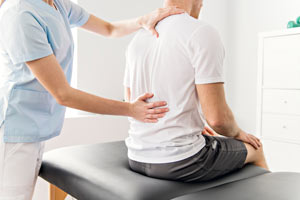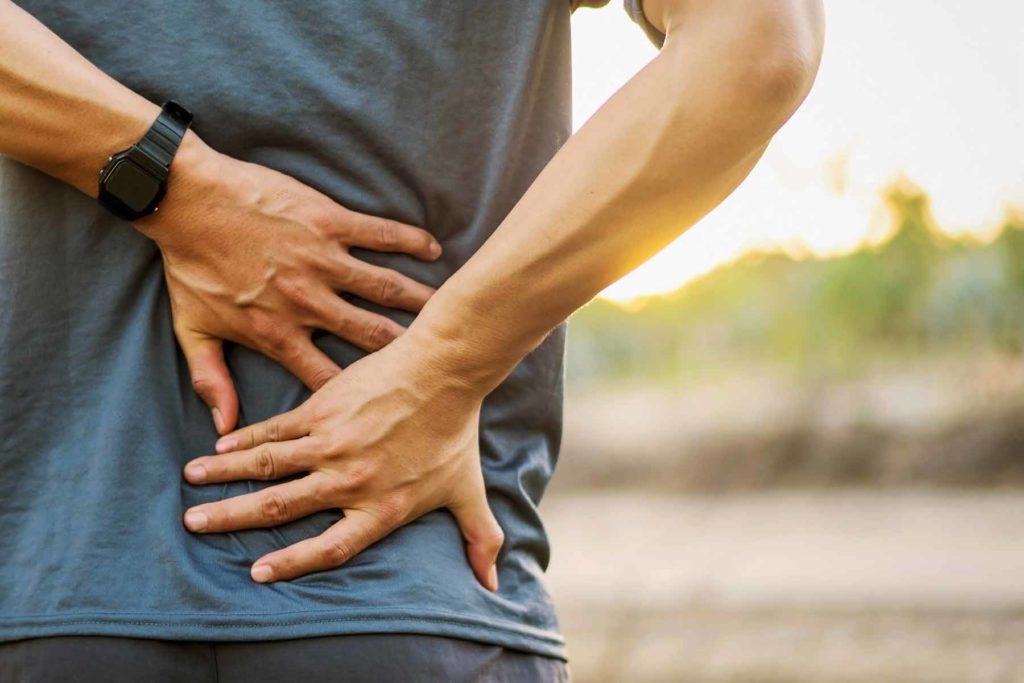Low back pain is one of the most common conditions we see across all clinics, with injuries ranging from acute to chronic. While there are many different causes and factors that can lead to back pain, there are a couple of “go-to” tips and tricks that can help to prevent and manage back pain from occurring or worsening.
1) Physical activity:

Many people think rest and relaxation is one of the best things to do when experiencing pain, however, when it comes to your back, too much rest can actually tighten up the muscles and cause an increase in symptoms. Research has shown that physical activity is one of the best ways to prevent and combat low back pain. Movement helps to combat stiffness from prolonged sitting and standing, increases blood flow throughout the body, and releases hormones that aid in pain relief. It also helps by creating strength and stability throughout the body which all help to take stress off of the low back. Start with gentle exercise such as walking, biking, or yoga, and gradually increase intensity as the pain subsides.
2) Stretching:
Throughout the day, the majority of us are either sitting or standing for prolonged periods of time. Being in certain positions for an extended amount of time causes tightness through different muscle groups that cause pulling on the pelvis, which in turn impacts the low back. Common muscle groups that tighten up are the quads and hamstrings, the hip flexors and the spinal erectors. When stretching, each position should be held for a minimum of 30 seconds and can be completed 2-3x/day.
3) Strengthening:
Similar to certain muscle groups getting tight with prolonged sitting and standing, certain muscle groups also can become weak, placing further strain on the low back. Strengthening for the abdominal muscles, butt muscles and back muscles will all aid in preventing and managing low back pain.
4) Postural Awareness:

Our posture throughout the day plays a big role in back pain management. Slouching increases, the amount of pressure and stress on the spine, which in turn can lead to pain. Making sure you are standing or sitting upright will help to reduce this load through the spine. Trying to avoid constantly twisting one way all the time to reach objects when at work will also help to decrease pressure through the spine.
5) De-stress:
Stress can cause an increase in pain levels throughout the body. It causes muscles to stiffen up and can create poor body mechanic habits. Ways to de-stress include ensuring a good night’s sleep, yoga or meditation, or talking to a friend.
6) Heat:
Heat vs. ice is a question that we get asked constantly when it comes to pain. In general, research shows that when it comes to the back, heat is the better option to use. Heat aids with pain by increasing blood flow and circulation to the affected area, allowing for the muscles to relax and pain to subside.

As stated above, there are many different causes and factors that can contribute to low back pain, and every individual case is different. If you or someone you know is suffering from low back pain, a physiotherapist can perform a thorough assessment in order to find out what factors may be contributing, and will then prescribe the correct combination of movements and exercises to aid in your recovery.





